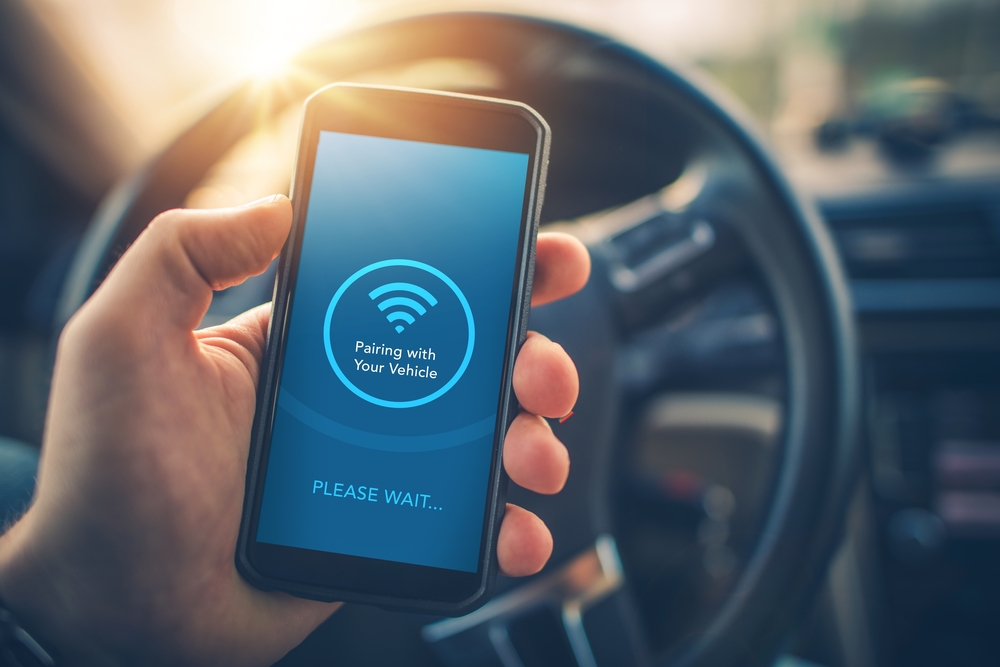Technology has allowed our world to become increasingly connected. We can instantly stream and share videos from across the globe, stay in contact with our grandmother in Arizona and video chat with our old college roommate in Japan. We can share recipes, listen to music, get relationship tips and catch up on our favorite athletic game in a matter of seconds. Many technologies are gone with the wind fading out as new skills, machinery, applications, and equipment provide groundbreaking advancements. Bluetooth, however, has stood the test of time and in technology years, has become one of the grandparents of modern connectivity.
Bluetooth is a wireless technology that allows multiple devices to communicate seamlessly. This technology can connect our headphones to our computers, our phones to our vehicles and our mice to our laptops. Bluetooth allows for communication designed for shorter distances. Techno apparatuses that have a Bluetooth function work by using tiny built-in antennas, so they can simultaneously send and receive wireless signals for other devices that have Bluetooth receptors. The range of the Bluetooth ability is dependent upon the power of the transmitter. These transmitters have a lot of power and help govern how much information is sent back and forth, how many bits of information are sent at a time and how quickly the data is diffused.
Bluetooth is cheap, wireless, quick and is a fantastic alternative to infrared and wired technology. Bluetooth can connect simultaneously with multiple devices. Bluetooth networking transmits data over low power radio waves. It interconnects on a specialized frequency that has been established and set-aside for use of industrial, scientific and medical devices, otherwise known as ISM. This frequency is 2.45 gigahertz. Other gadgets that we utilize in our day-to-day lives that also operate off this same frequency include garage door openers, cordless phones, and even baby monitors. One of the most appealing components of Bluetooth is that it does not interfere with the other devices running off the same ISM frequency. But how does Bluetooth really communicate?
Let’s imagine your phone has a Bluetooth transmitter that is communicating with a Bluetooth transmitter in your vehicle. The maker of said technology has programmed each device with its own address that is lumped into an assortment of other addresses that have been recognized for that specific device. When you turn on your car, it sends a signal out asking for a response from any of the devices operating within that specific range of addresses. Because your phone is Bluetooth active, it responds to the request and generates a minuscule network. Here is where it gets cool. Even if another Bluetooth device sends out a request for transmission, the devices will ignore the request because it is not coming from within that tiny, established network! This allows your phone to talk o your car, enabling you to stream music from your device, listen to podcasts and talk on the speakerphone!
Bluetooth technology is no different than other wireless connections that can be diverted and interrupted. Bluetooth does offer multiple security methods, including offers users a trusted device option that allows users to connect without having to ask permission each time. As with any technology, Bluetooth can open devices up to viruses, data breaches, and equipment hacking. Manufactures combat these issues by continually updating their malware definitions. Users can help augment the security process by changing passwords and using passwords that contain special characters and numbers.







